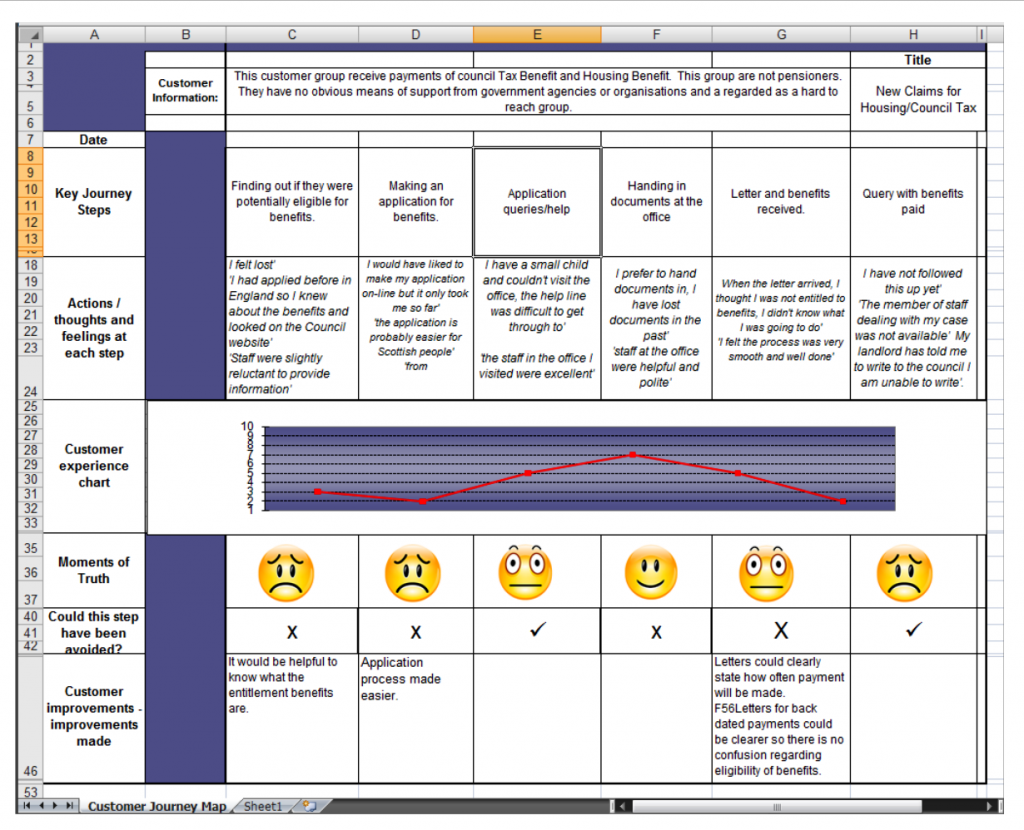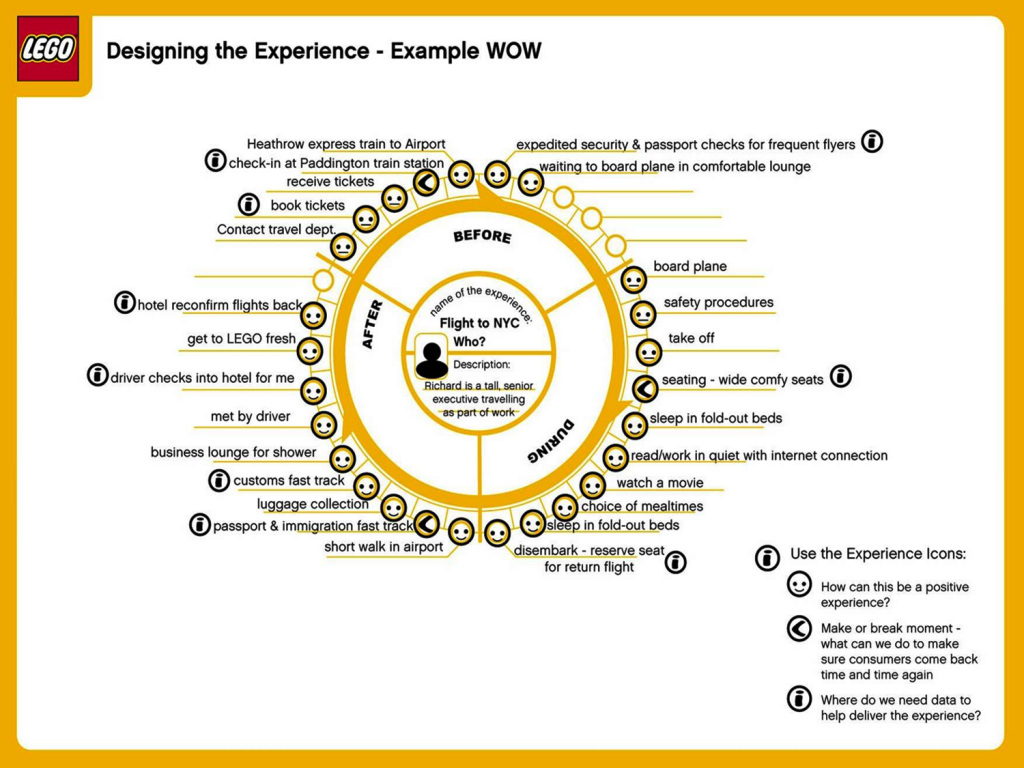The Supply Chain has matured to the point where many things are understood and acted on very quickly. Few of us are making substantial changes anymore and even fewer can use their existing supply chain as a marketing differentiator or as an instrument for increased revenue (unless your Amazon).
Why won’t Lean commit to the Demand Chain the way it committed to the Supply chain? I have been addressed this issue in blog posts (Can Service Design increase Customer demand? and Is Lean and Six Sigma a waste of time?) and other discussion groups and have found it baffling to me that most Lean practitioners resist this thought and either ignore it or try to tie sales and marketing to internal improvements. You would think most practitioners would be eager to apply their skills and Lean to the demand side. Unleashing the power of continuous improvement to the immature field of sales and marketing should not frighten anyone, it should inspire them. Addressing the demand side of the equation is the single most important improvement effort and game changer that can take place at a company today.
What is holding organizations back? Why would you not leap at the opportunities? I believe it stems back from the fundamental way that continuous improvement and quality has been developed. It has developed from the field of engineering which is laden with logical, step by step thinking processes. We find a problem define the solution and so on. It has worked very well on the supply chain side but the demand side is anything but logical and seldom follows any pattern. Value Stream Mapping the demand side may identify numerous waste opportunities but which one would you remove? Why should 50% of your marketing fail? is not folklore it is a true statement. It just does not match up to the logical thinker.
Can you apply continuous improvement or Lean to the supply chain? I think that you must. However, you must fully commit to it and be willing to develop new skills. These skills are already being practiced in disciplines such as Service Design and with a toolset familiar to Design Thinkers and explained in Continuous Improvement Sales and Marketing Toolset. It will not be the same engineer that led the quality revolution; it is the Designer that must lead on the demand side. The designer understands collaboration, open innovation and co-creation. He knows that it not only functionality but it is also about design which incorporates the look and the feel. These attributes are the differentiators in products and services.
Will your organization change to meet these new requirements? Will you fully commit to applying continuous improvement on the demand side? Will you hire designers or engineers in the future? Will that baton be passed from the engineer to the designer?
Related Information:
Lean needs Marketing, more than Marketing needs Lean!
Continuous Improvement Sales and Marketing Toolset
The New Names of Marketing are still PDCA
Lean Sales and Marketing and the iCustomer










